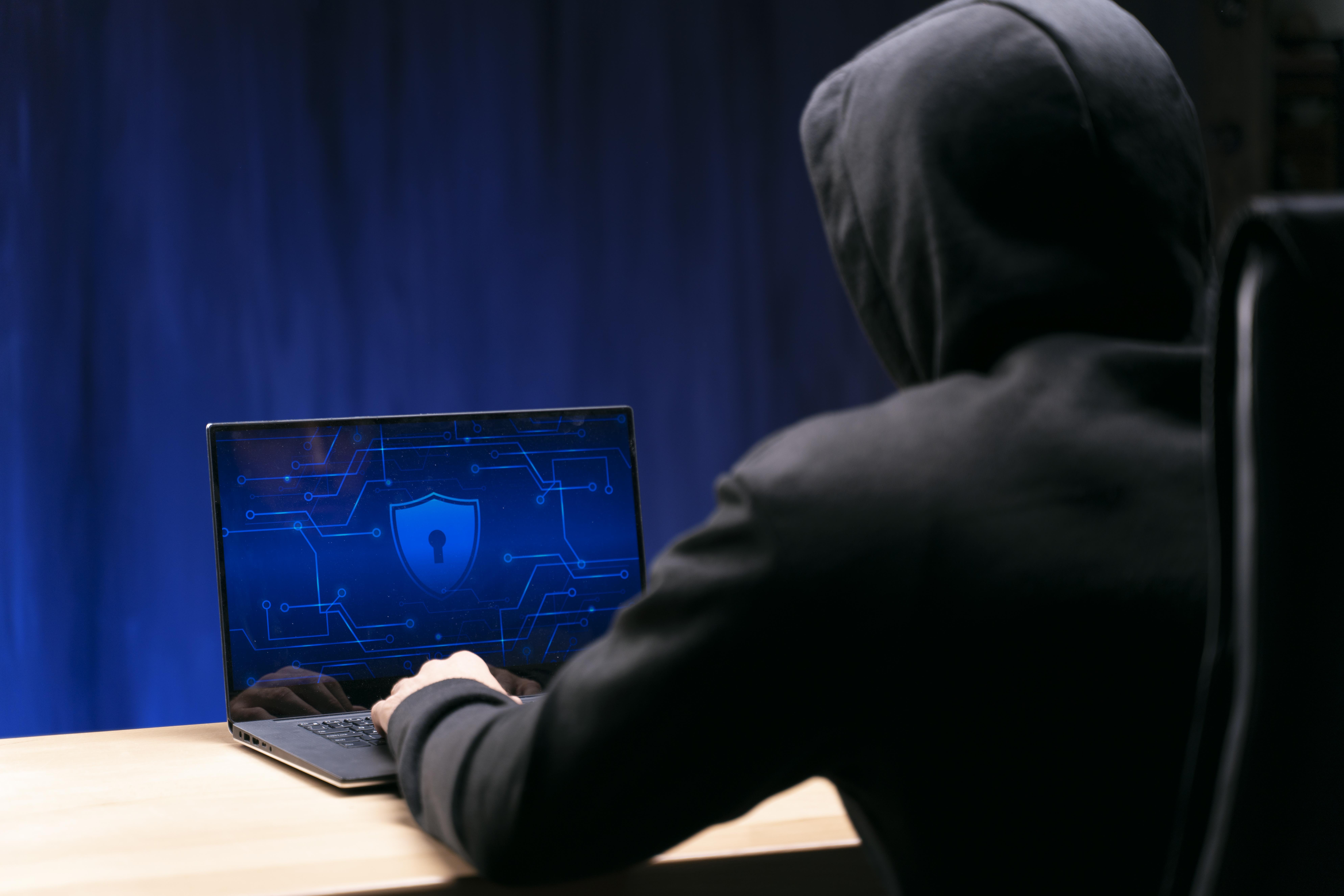When we think of schools, we picture classrooms full of energy and learning. We see teachers guiding students and technology supporting lessons. What we do not picture is hackers lurking in the background. Yet this is now a reality. Cyberattacks in Indian schools are on its peak with 8000+ cyberattacks every week.
This is not just a number in a report. It is a growing threat that could strike any school at any time. The question is simple. Is your school prepared?
Why Hackers Target Schools
Cybercriminals see schools as easy targets. They store large amounts of sensitive information. This includes student records, personal details, and even financial data. Exam information and internal communications are also at risk.
Unlike banks or big companies, schools rarely invest in strong security. They often lack trained IT teams. This makes them vulnerable. For attackers, the effort is low, but the rewards are high.
Numbers That Should Worry Every Educator
Research shows that Indian schools and research institutions face about 8487 attacks per week. The global average is only 4368. That means schools here are facing nearly double the risk.
The attacks come in many forms, such as –
- Phishing emails that trick staff and students into clicking links.
- Ransomware that locks learning systems until money is paid.
- Data theft that exposes private records to the dark web.
- Denial of service attempts that shut down portals and exams.
The damage goes beyond systems. Schools risk cancelled exams, disrupted admissions, and frustrated parents. Most of all, they risk trust.
The Human Weakness in Cybersecurity
Technology plays a role, but humans are often the weakest link. Teachers and students are not always trained in online safety. A single mistake can open the door to a major breach.
One click on a fake update email can spread malware through the school network. One weak password can give attackers instant access. These mistakes are common, but they can be avoided.
Why This Matters for School Leaders
For principals and administrators, cybersecurity is now a leadership issue. Learning must continue without disruption. At the same time, personal data must remain safe.
A single breach can do lasting damage. Parents want to know that their child’s information is safe. A school that fails to protect its community may lose its reputation. This is why security is no longer optional.
How Schools Can Build Resilience
The good news is that solutions exist. Schools do not need massive budgets. What they need is smart, step by step action. A few simple practices can reduce risk immediately.
- Conduct short awareness sessions on spotting suspicious links.
- Back up data regularly to prepare for ransomware threats.
- Schedule routine checks to find and fix weak points.
- Encourage staff and students to use strong, unique passwords.
- Enable two-factor or multifactor authentication wherever possible.
- Use scalable tools that can grow with the school’s needs.
These steps create resilience. They help ensure that teaching continues even in the face of attacks.
Creating a Culture of Online Safety
Cybersecurity is not only about tools. It is about culture. Schools can introduce cyber drills just like fire drills. They can test staff with mock phishing emails. They can train students to recognize safe online behavior.
This approach turns safety into a daily habit. It ensures that responsibility is shared. Everyone from teachers to students plays a part in protecting the school.
The Future of Learning Needs Security
India is moving fast toward digital education. Hybrid learning, smart classrooms, and online assessments are becoming the norm. With these opportunities come new risks. Ignoring them is dangerous. The data is clear. Schools are prime targets. The cost of doing nothing is far greater than the cost of prevention.
But the future does not need to be bleak. With guidance and awareness, schools can build digital environments that are both innovative and safe.
Turning Awareness into Action
Cyberattacks in Indian schools are not abstract statistics. They represent disrupted lessons, stolen data, and anxious families. Yet schools can change this story. The path forward is simple. Act early. Train your people. Protect your systems. Build resilience step by step.
The threats are already here. The choice lies with schools. Prepare today, and you safeguard tomorrow.




 1st Floor, H-31, Sector 63,
1st Floor, H-31, Sector 63,